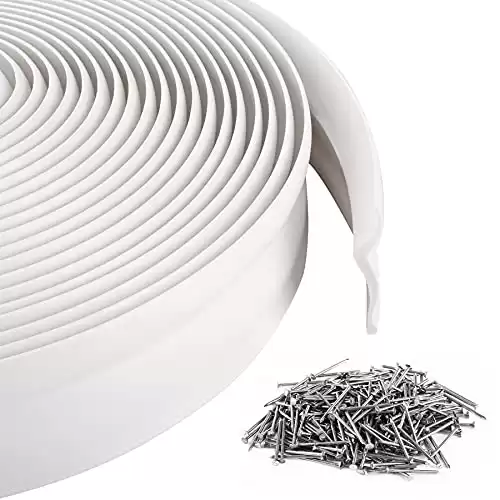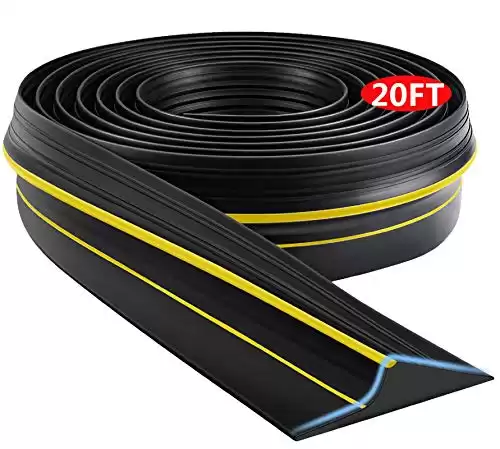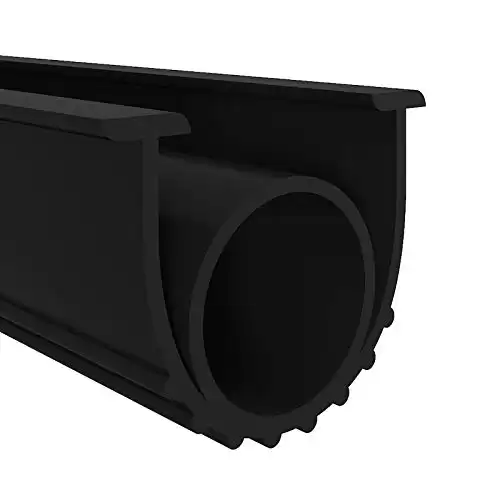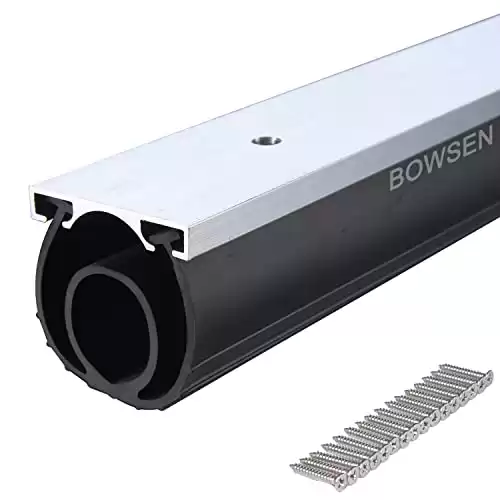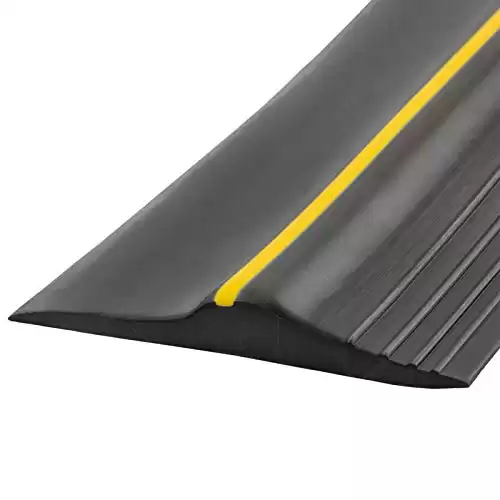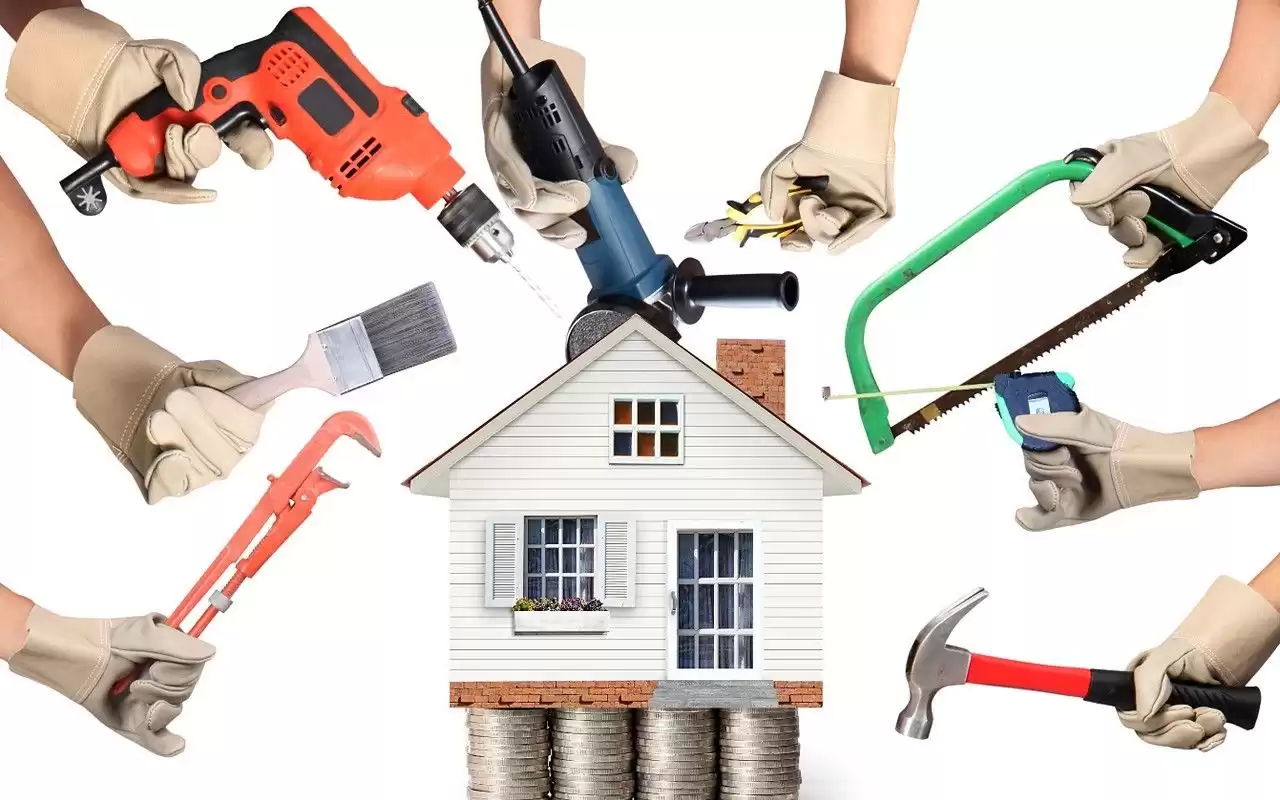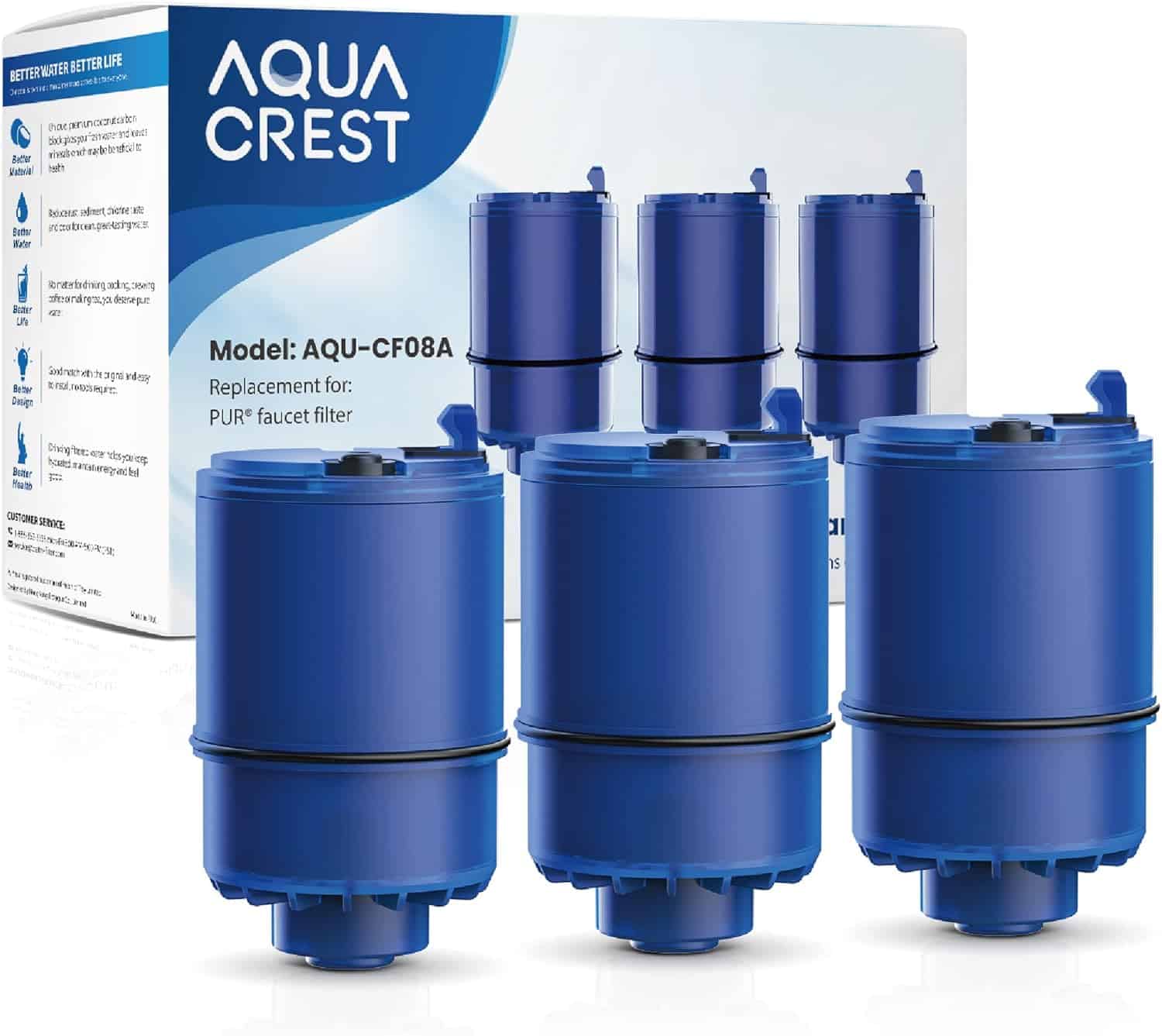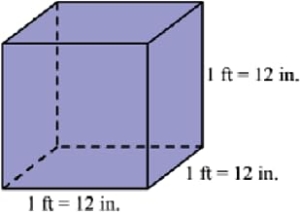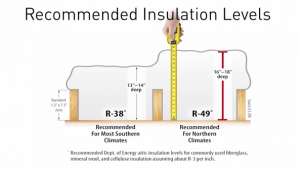Keep Pest Out: Step-by-Step Guide for Garage Door Sealing

The garage is an integral part of any home, serving as a sanctuary for vehicles, a storage space for tools, and often a multipurpose area for various activities. However, an improperly sealed garage door can lead to numerous issues, including energy loss, increased utility bills, pests infiltrating the space, and even potential damage to stored items. In this blog, we will explore the steps and techniques to help you seal your garage door effectively.
Step-by-Step Guide for Garage Door Sealing
1. Assess the Current Condition:
When it comes to sealing your garage door effectively, the first step is to conduct a comprehensive evaluation of its current condition. This evaluation will help you identify any gaps or areas that require sealing. Paying close attention to the bottom, sides, and top of the door is crucial since these areas are particularly prone to issues. Here’s a closer look at what to consider during the evaluation process:
- Check the Bottom of the Door:
Start by examining the bottom of the garage door. Look for any visible gaps between the door and the floor. Over time, the bottom seal or weatherstripping may wear out, leading to air, water, or pest infiltration. Look for signs of fraying, cracking, or deterioration in the weatherstripping. If you notice any gaps or worn-out weatherstripping, it’s time for a replacement.
- Inspect the Sides of the Door:
Move on to inspecting the sides of the garage door. Check for gaps between the door panels and the frame. Look closely for any light passing through, as it indicates gaps that need sealing. Additionally, examine the weatherstripping along the sides of the door for signs of wear or damage. Ensure that the weatherstripping is intact and creating a tight seal when the door is closed.
- Examine the Top of the Door:
Don’t forget to inspect the top of the garage door, as this area is often overlooked. Look for any gaps between the door and the frame at the top. Ensure that the weatherstripping is securely in place and effectively sealing the door. Pay attention to any visible light or air drafts coming through the top, as this indicates a need for sealing.
- Identify Cracks and Gaps:
During your evaluation, be vigilant in identifying cracks or gaps in the door itself or in the areas surrounding it. These openings can allow unwanted elements like air, water, or pests to enter your garage. Use a flashlight to carefully examine the door and its surroundings for any signs of damage or openings.
2. Gather the Necessary Materials:
To seal your garage door effectively, you will need the following materials:
– Weatherstripping: Choose high-quality weatherstripping that is durable and weather-resistant.
– Sealant or caulk: Opt for a silicone-based or latex caulk suitable for outdoor use.
– Insulation: If your garage is not adequately insulated, consider adding insulation panels or foam boards.
– Threshold seal: A threshold seal is a durable rubber strip placed at the bottom of the garage door to create a barrier against drafts, water, and pests.
– Basic tools: You will need a tape measure, utility knife, screwdriver, and caulking gun.
3. Weatherstripping Installation:
Weatherstripping is crucial for sealing gaps around the sides and top of your garage door. Follow these steps for proper installation:
– Measure the length of each side and the top of the door, and cut the weatherstripping accordingly.
– Clean the surface where the weatherstripping will be installed, ensuring it is free of dirt and debris.
– Attach the weatherstripping to the door using the provided adhesive or screws, following the manufacturer’s instructions.
– Check for any gaps or loose sections after installation and make necessary adjustments.
4. Sealing Garage Door Gaps and Cracks:
Sealing any gaps or cracks in the garage door and its surrounding areas is vital to prevent air and moisture infiltration. Here’s how you can do it:
– Inspect the doorframe, trim, and any other openings around the garage door. Fill gaps and cracks with an appropriate sealant or caulk.
– Use a caulking gun to apply the sealant evenly, ensuring complete coverage and a tight seal.
– Smooth the sealant with a putty knife or your finger to create a neat and effective seal.
5. Install a Garage Door Threshold Seal:
The bottom of the garage door is a common area for drafts, pests, and water to enter. Installing a threshold seal provides an additional barrier against these elements:
– Measure the width of the garage door opening and cut the threshold seal to the appropriate length.
– Clean the area thoroughly, removing any debris or dirt.
– Attach the threshold seal using the provided adhesive or screws, making sure it is firmly in place.
– Test the door’s movement to ensure it opens and closes smoothly without obstruction.
6. Consider Garage Door Insulation:
If your garage is not adequately insulated, adding insulation can significantly improve energy efficiency and temperature control. Here are some options:
– Insulation panels: Cut the insulation panels to fit the interior of the garage door, attaching them securely with adhesive or fasteners.
– Foam boards: Measure and cut foam boards to fit the panels of the garage door. Install them using adhesive or tape, creating an insulating layer.
Here are ten frequently asked questions (FAQs) about sealing garage doors along with their answers:
1. FAQ: Why is it important to seal my garage door?
Answer: Sealing your garage door helps prevent energy loss, protects against moisture and pests, improves insulation, and enhances overall energy efficiency in your home.
2. FAQ: How often should I check and seal my garage door?
Answer: It’s recommended to inspect and seal your garage door annually or whenever you notice signs of wear, gaps, or damage.
3. FAQ: Can I seal my garage door myself, or do I need professional help?
Answer: Sealing a garage door can typically be done as a DIY project. However, if you’re unsure or have a complex issue, it’s advisable to consult a professional for assistance.
4. FAQ: What type of weatherstripping should I use for my garage door?
Answer: Use high-quality weatherstripping made of durable materials like rubber or vinyl, designed for outdoor use and capable of withstanding various weather conditions.
5. FAQ: How do I know if my weatherstripping needs to be replaced?
Answer: Signs of worn-out weatherstripping include cracks, fraying, gaps, or loss of flexibility. If you notice any of these, it’s time to replace the weatherstripping.
6. FAQ: Can I use caulk or sealant to fill gaps and cracks in my garage door?
Answer: Yes, you can use an appropriate sealant or caulk to fill small gaps and cracks in your garage door and its surroundings. Ensure the product is suitable for outdoor use and compatible with the door material.
7. FAQ: Do I need to insulate my garage door for better sealing?
Answer: Insulating your garage door can significantly enhance its sealing capabilities and improve energy efficiency. It’s especially beneficial if your garage is attached to your home or used as a living space.
8. FAQ: How do I install a threshold seal on my garage door?
Answer: To install a threshold seal, clean the area, measure and cut the seal to size, and firmly attach it using adhesive or screws according to the manufacturer’s instructions.
9. FAQ: Will sealing my garage door reduce noise from outside?
Answer: While sealing your garage door can provide some noise reduction, it’s important to note that the primary purpose of sealing is to prevent air, moisture, and pests from entering the garage.
10. FAQ: Can I paint over the weatherstripping or sealant?
Answer: Painting over weatherstripping or sealant is not recommended, as it may compromise their effectiveness. Instead, choose weatherstripping that matches your garage door or trim color for a seamless look.
Remember, if you have specific concerns or unique circumstances, it’s always a good idea to seek advice from professionals or consult the manufacturer’s instructions for your specific garage door model.
Sealing your garage door properly is a worthwhile endeavor that offers numerous benefits, including increased energy efficiency, reduced utility bills, protection against pests and moisture, and a more comfortable garage space. By following the steps outlined in this guide, you can ensure a tight seal, keeping your garage secure and well-insulated for years to come. Take the time to evaluate and address any gaps, cracks, or worn-out weatherstripping, and consider additional measures such as threshold seals and insulation for optimal results. Enjoy the benefits of a well-sealed garage door and the peace of mind that comes with it.

